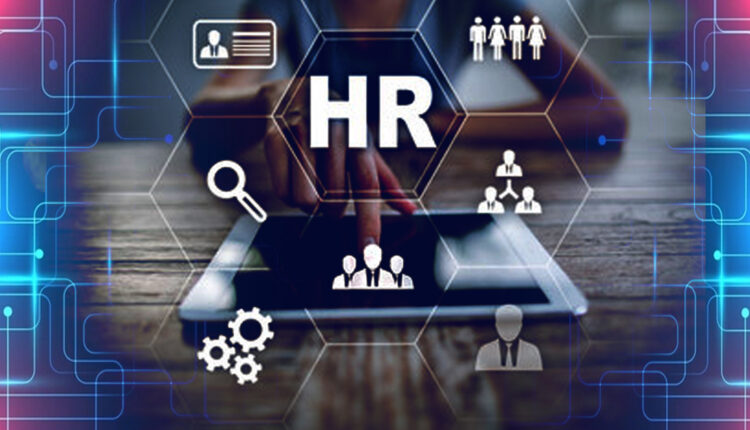Advanced AI powered technologies, HR analytics and Machine Learning capabilities can help business leaders reshape entire organizations to improve the way people work to achieve aligned outcomes.
This is where data driven insights and people intelligence can help teams make smarter HR decisions.
For companies to now focus on creating a more intelligent future of work where high degrees of efficiency and informed decision-making are fundamentals to organization structures, the right use of data and people intelligent is necessary.
HR Technology News: TecHRseries Interview with Gary Beckstrand, Vice President, O.C. Tanner
A few steps that can help:
To Evaluate Bulk Applicants, Automate Grading of Candidates
Larger organizations with high volume hiring needs often have to vet hundreds of applicants at a time, for multiple vacancies. To reduce the time spent on identifying best-fit candidates, it helps to set up your HR applicant system to grade candidates based on a set of criteria for each role, pre-defined by business heads.
Technologies that are powered by AI and Machine Learning features will automatically enhance this grading system over time thereby helping hiring teams compare candidate skills and qualifications against those highlighted in the job description. This helps streamline the shortlisting process, ensuring also that hiring leaders are presented with the most suitable candidates by the system.
For hiring leaders who may need flexibility when hiring for certain dynamic roles, the criteria set into the HR system can easily be overridden to suit custom purposes.
Using Intelligent Assistants to Power Common HR Requests
At a time when a large percentage of the global workforce is working remote due to a global pandemic, it can get overwhelming for HR leaders and teams of large enterprise teams to effectively coordinate change in shift timings, request for leaves and medical emergencies or other typical HR queries. HR tools backed by natural language processing and voice recognition can enable HR teams to handle these common (and sometimes bulk) requests or communication with employees, intelligent assistants that are integrated into existing HR systems will then make it easier for employees to easily and quickly coordinate leaves, adjust shift timings and focus on important tasks without affecting the business as usual activities.
Using Employee Forecasting To Build Stronger Teams
When aligning key performance indicators (KPIs) or other metrics to roles and jobs, HR leaders can also set forecasts. This information can help them automate and plan restructuring of teams or changes in shifts easily; the information is leveraged by the AI to match different parameters (like skills) to available open shifts to assign them to tasks.
By putting in deeper parameters into the system, the intelligence derived by these HR tools can help HR and business leaders measure overall HR efficiencies and effectiveness around different areas for long term growth and planning including – employee lifecycle, onboarding experience, even employee performance.
HR Technology News: SKAEL Receives $4.1 Million In Seed Funding Round To Fuel Next Generation Hyperautomation Technology
Intelligent systems are going to redefine the role of tomorrow’s HR leader; by creating a fundamental change in how technologies handle different key elements like payroll, oboarding, training and even interview scheduling in future.

